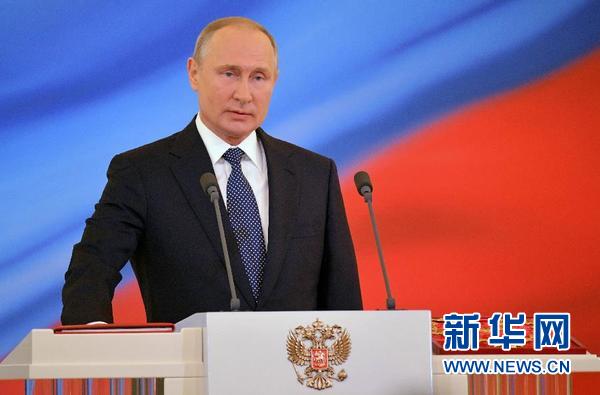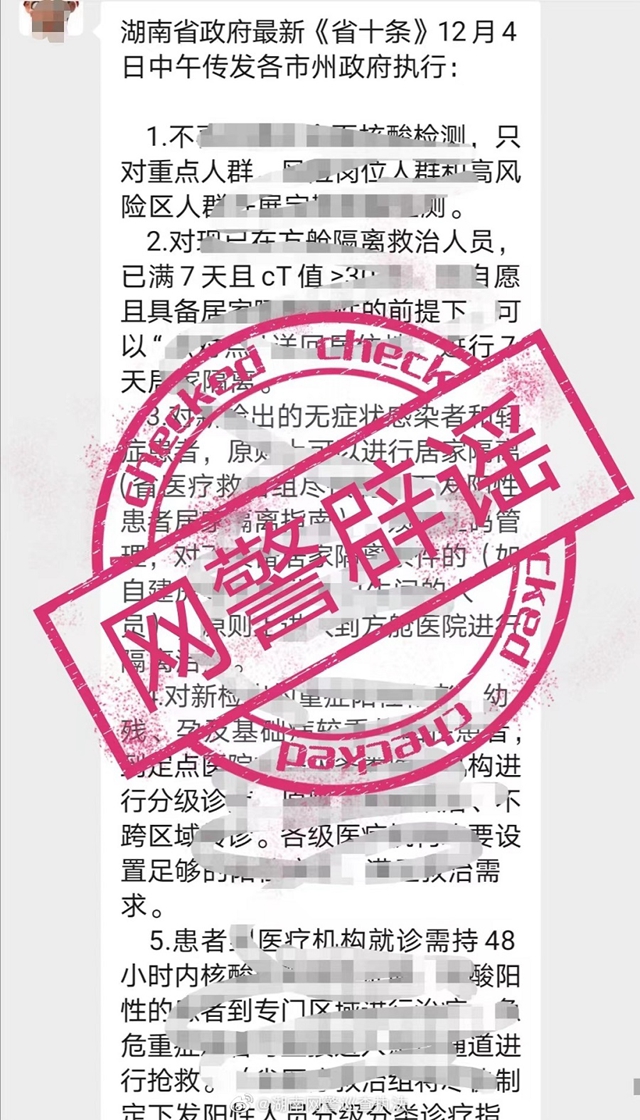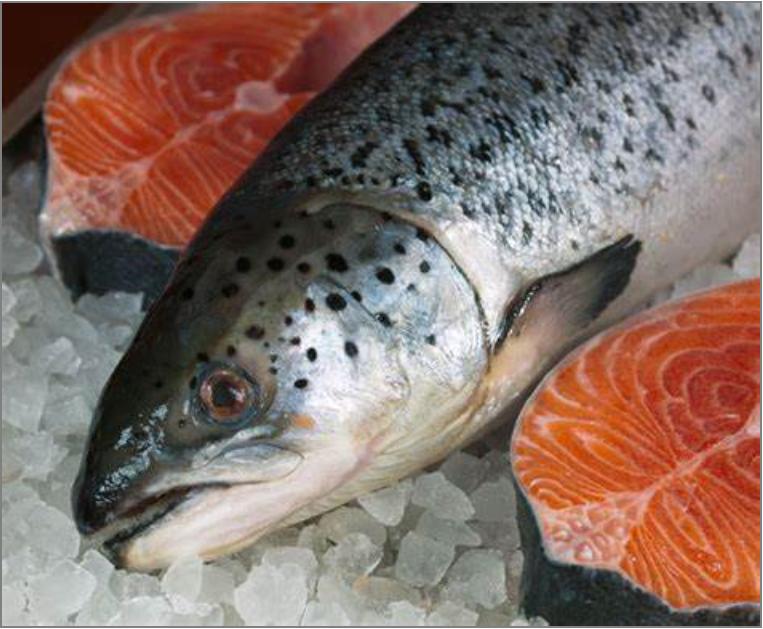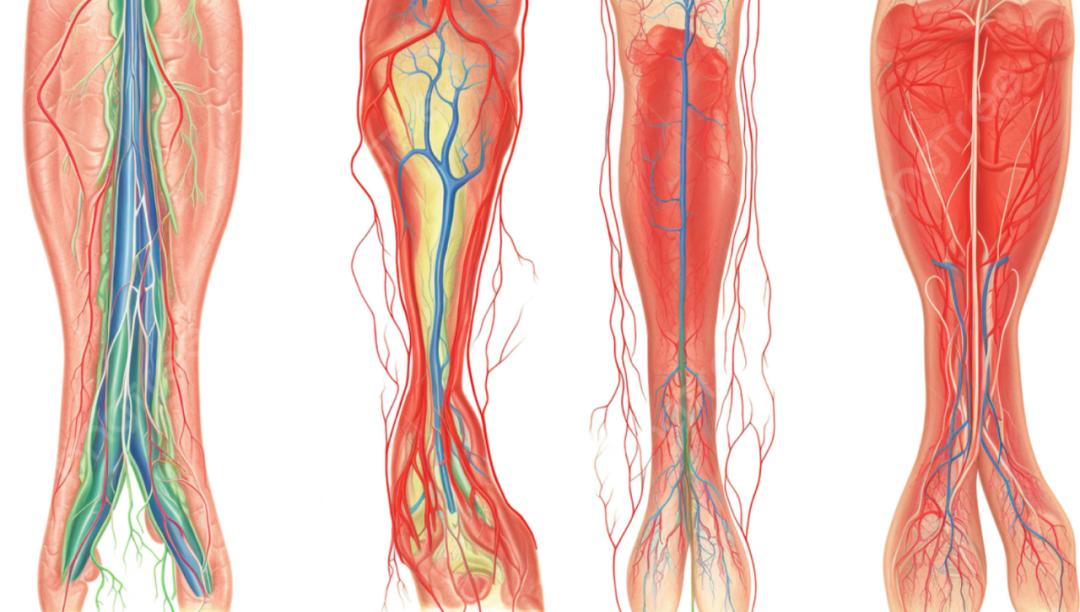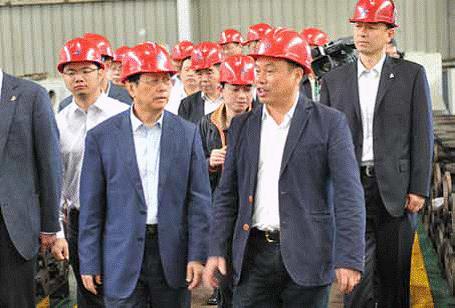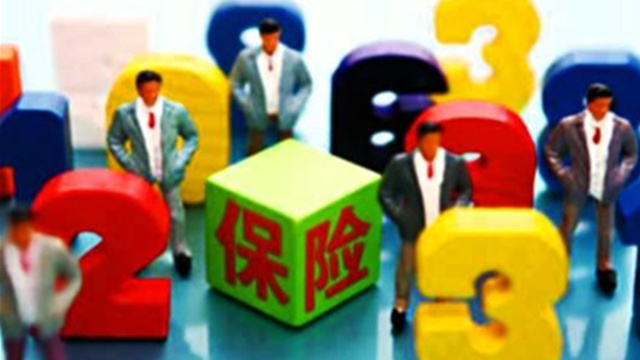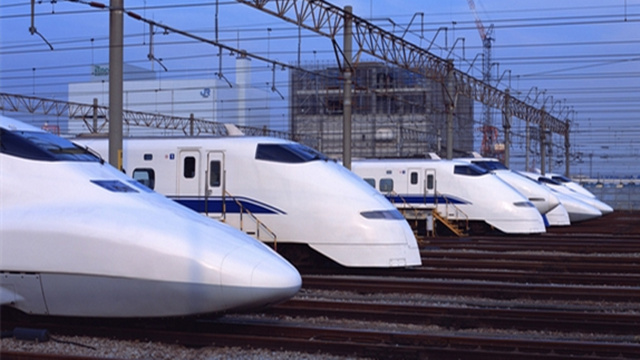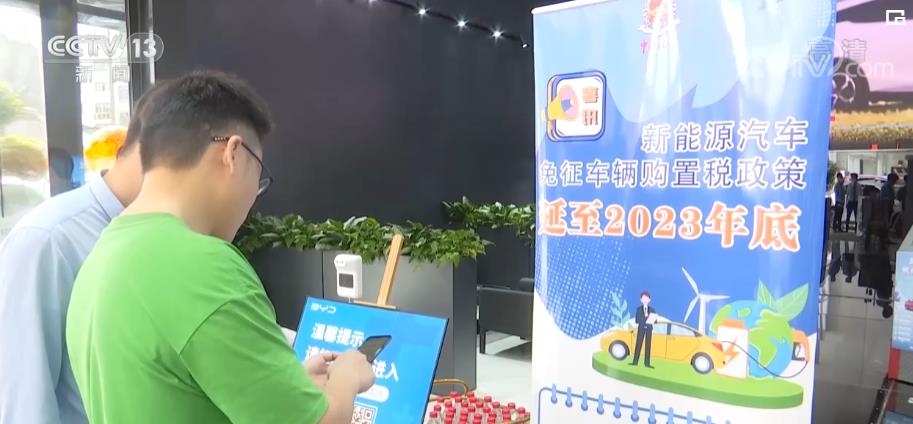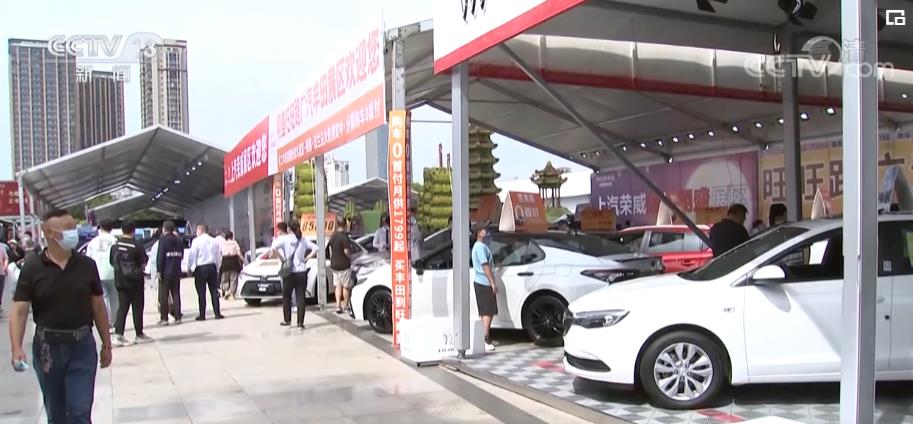No.31 [2021] of Beijing Education Sports Art
District Education Committees, Yanshan Education Committee, Social Affairs Bureau of Beijing Economic and Technological Development Zone, Beijing Institute of Education, Beijing Academy of Educational Sciences and Beijing Education Examinations Institute:
"Beijing compulsory education physical education and health assessment program" has been reviewed by the 28th director’s office meeting of the Municipal Education Commission in 2021 and adopted by the 23rd meeting of the Municipal Committee for Comprehensively Deepening Reform. It is hereby printed and distributed to you, and the following requirements are put forward. Please implement it carefully.
First, improve ideological understanding.Promoting the reform of physical education and health assessment in compulsory education in Beijing is an important strategic measure to implement the fundamental task of cultivating people by virtue and practicing the educational policy of "five educations at the same time", and it is an inherent need and inevitable requirement to further promote the "double reduction" work. Organizing and implementing the physical education and health assessment of compulsory education is conducive to fully implementing the educational concept of "health first" and promoting students’ physical and mental health and all-round development. All districts should attach great importance to and strengthen management to ensure the smooth progress of the assessment.
Second, strengthen organizational leadership.District education committees should earnestly strengthen the organization and leadership of compulsory education, physical education and health assessment, clarify the division of labor, refine responsibilities, strengthen coordination and strengthen implementation. Examination departments should seriously organize implementation, and teaching and research departments and relevant units should actively promote various supporting work to ensure that the assessment is fair, just and smooth. At the same time, we should adhere to the principle of "church, diligent practice and regular competition", strengthen job security, effectively strengthen physical education class and extracurricular exercise, and extensively carry out campus sports events to enhance students’ comprehensive quality.
Third, strengthen publicity and training.The district education committees shall, according to the unified requirements of the whole city, timely convey the reform requirements to all primary and secondary schools and relevant departments in their respective jurisdictions. All primary and secondary schools should strengthen policy propaganda through class meetings, parents’ meetings, parents’ letters and other channels to ensure that PE teachers, students and parents are fully informed. The physical education teaching and research group in primary and secondary schools should carry out teaching discussions on assessment, improve teaching quality, guide students to learn knowledge, master skills, improve their quality, and promote students to exercise scientifically, form habits and persist for life.
Fourth, strengthen supervision and inspection.All districts should strengthen the supervision and management mechanism of physical education and health assessment in compulsory education, take effective measures to ensure that the assessment results are true and credible, and severely deal with illegal acts such as fraud in accordance with relevant regulations. The Municipal Education Commission will organize relevant departments to strengthen the management, inspection and supervision of assessment and evaluation. City, district education supervision departments should be included in the scope of supervision of the assessment and evaluation of relevant safeguard measures, and urge all districts and primary and secondary schools to implement the main responsibility.
Beijing Municipal Commission of Education
December 8, 2021
Evaluation scheme of compulsory education physical education and health in Beijing
In order to carry out the fundamental task of cultivating people by virtue, practice five educations simultaneously, strengthen the concept of "no sports, no education", and take the reform of physical education and health assessment as an opportunity to deepen the reform of education and teaching, effectively reduce the overall burden of students and promote their physical and mental health and all-round development. According to "Overall Plan for Deepening the Reform of Education Evaluation in the New Era" issued by the Central Committee of the Communist Party of China and the State Council and "Action Plan for Comprehensively Strengthening and Improving School Physical Education in the New Era" issued by the General Office of Beijing Municipal Committee of the Communist Party of China and the General Office of the Municipal Government, combined with the actual situation in Beijing, this plan is formulated.
I. Overall arrangement
Physical education and health assessment of compulsory education in Beijing includes process assessment and on-site examination, with a total score of 70 points, which is included in the total score of senior high school entrance examination. Among them, 40 points for process assessment and 30 points for on-site examination. The evaluation scheme of physical education and health will be implemented from the date of publication in 2021, and it will be transitioned and gradually pushed forward.
The district education committees should link this work with the implementation of the Action Plan for Comprehensively Strengthening and Improving School Physical Education in the New Era, and do a good job in the preparation and implementation of physical education and health assessment. All primary and secondary schools should strictly implement the main responsibility, strengthen the construction of physical education teachers, effectively improve the teaching quality in physical education class, and guide students to exercise scientifically, live healthily and persist for life. The work will be included in the scope of supervision and assessment at the city and district levels.
Second, the process of assessment
(A) the object of assessment
Students in grades four, six and eight.
On the basis of carrying out the national students’ physical health test for all students in primary and secondary schools every year, the test results of grades 4, 6 and 8 are included in the senior high school entrance examination.
(two) the assessment content and time
1. According to the National Standards for Students’ Physical Fitness and Health (revised in 2014), the assessment time is the first semester of grades four, six and eight, and each assessment score is 10 points, totaling 30 points. See Annex 1 for the assessment contents.
2. Physical education and health knowledge, 10 points, and the assessment time is the second semester of Grade 8.
(3) Assessment methods
1. The students’ physical health test shall be conducted by each district.
2 sports and health knowledge by the district in accordance with the unified requirements of the city through the computer examination organization assessment (open book).
(D) the criteria for assigning points
According to the scores of good and above, passing and failing, the scores are assigned. See the table below for specific standards:

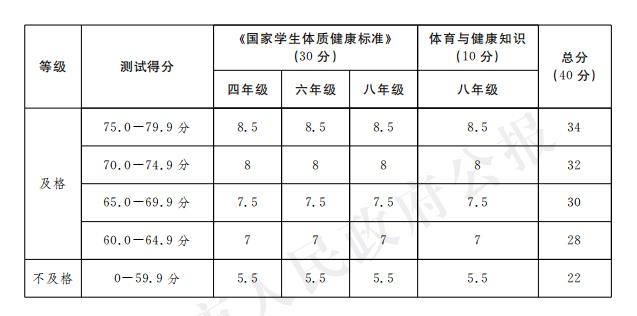
Third, the on-site examination
(A) the examination object
Ninth grade students.
(2) Examination methods
The municipal unified examination shall be organized and implemented by each district.
(3) Examination time
April to May.
(4) Examination contents and specific scores
Including quality projects and sports ability projects. There are 22 items in 4 categories, and each candidate takes 4 items, including 1 item in each category.
1. Category I: Quality Project I (8 points)
1000-meter running (male) and 800-meter running (female) are compulsory.
2. Category II: Quality Project II (8 points)
Including pull-ups (male), oblique pull-ups (female), parallel bars arm flexion and extension (male), sit-ups (female), solid ball, 1-minute rope skipping, vertical jump and standing long jump, candidates can choose one item.
3. Category III: Exercise ability I (8 points)
Including football, basketball, volleyball, table tennis and badminton, candidates can choose one.
4. Category IV: Exercise ability II (6 points)
Including gymnastics parallel bars combination I (male), gymnastics parallel bars combination II (female), gymnastics skill combination I (male), gymnastics skill combination II (female), fitness Changquan routine, fitness Nanquan routine and 100m swimming. Candidates can choose one item.
See Annex 2 for specific items.
Fourth, phased implementation steps
On September 1, 2021, students who entered the eighth and ninth grades will continue to use the original examination plan.
On September 1, 2021, students who entered the fifth, sixth and seventh grades took the eighth grade process examination (20 points) and the on-site examination (30 points), with a total score of 50 points.
On September 1, 2021, students who entered the third and fourth grades took the process assessment (30 points) and the on-site examination (30 points) of the sixth and eighth grades, with a total score of 60 points.
On September 1, 2021, students who entered the first and second grades participated in the process assessment (40 points) and on-site examination (30 points) of the fourth, sixth and eighth grades, with a total score of 70 points.
V. Provisions on handling special circumstances
(A) the process of assessment of special candidates
1. Disabled students
(1) Candidates who lose their athletic ability due to disability shall go through the relevant formalities with the People’s Republic of China (PRC) Disabled Persons’ Card (and keep it in the student file). Those who have not applied for disability certificates shall be evaluated according to the assessment requirements of normal candidates; After the disability certificate is provided, the students’ physical health test will be recorded according to full marks from the school year in which the certificate is provided. Physical education and health knowledge assessment shall be carried out in accordance with the policy requirements of ordinary students.
(2) Students who have no disability certificate and apply for exemption from physical education shall be treated according to the regulations of exemption from physical education due to injury and illness.
(3) Encourage disabled students to carry out daily physical exercise under professional guidance.
2. Injured and sick students
Students who can’t take the physical fitness test due to injury or illness must apply for make-up test and go through the formalities within the prescribed time in each district. After the completion of the make-up test, score according to the results of the make-up test. Those who have gone through the relevant procedures, but can’t complete the make-up test within the time specified by each district, will be given points (5.5 points) according to the grade standard of 0-59.9; If you don’t go through the formalities, your score will be 0. Physical education and health knowledge assessment shall be carried out in accordance with the policy requirements of ordinary students.
3. Students from other cities returning to Beijing
From the date of returning to Beijing to study (after completing the transfer of student status), it will be implemented in accordance with the Beijing compulsory education sports and health assessment policy. Those who did not participate in the process assessment before this will not be retaken, and their missing process assessment results will be identified in the following ways:
First, the education administrative department at or above the prefecture level where the original school is located has organized the students’ physical health test and physical education and health knowledge test in a unified way, and the education administrative department at the prefecture level has issued a test report card with official seal, and after returning to Beijing, it will identify the missing process assessment results of the candidates with reference to the corresponding standards;
Second, the education administrative department at or above the prefecture level where the original school is located has not organized relevant tests in a unified way, and its missing process assessment results are converted in proportion to the results of the ninth grade on-site physical education examination.
4. Other circumstances
If the process assessment results are incomplete at the time of graduation, the missing process assessment results will be converted in proportion through the results of the ninth grade on-site physical education examination.
(2) Special candidates for on-site examination
1. Exempt candidates
Category I: Candidates who are unable to take the physical examination due to disability should go through the relevant formalities according to the People’s Republic of China (PRC) Disabled Persons’ Card, and the on-site examination will be recorded with full marks.
Category II: Candidates who are not suitable for strenuous exercise due to illness and have been exempted from studying in physical education class for a long time cannot take the on-site examination, and the results of the on-site examination are recorded according to 60% of the total score (30 points).
Category III: Candidates who are unable to take the on-site examination due to temporary injury or illness will have their on-site examination scores recorded at 60% of the total score (30 points).
Candidates who are exempt from the examination are required to fill out the Application Form for Exemption from the Beijing Junior High School Academic Level Examination of Physical Education and Health Discipline. After being signed by parents, the medical staff of the school and the person in charge of the school conduct a preliminary examination, they shall be submitted to the district sports examination leading group for examination and approval.
2. Deferred candidates
If you can’t take the on-site exam at the specified time, you can apply for a postponement. Candidates who have postponed the exam should go through the formalities before entering the examination room; After the candidates enter the examination room, they are generally not allowed to apply for deferred examination. The requirements for deferred examination procedures are as follows:
First, the special physiological period of girls. Candidates who have postponed the examination fill out the Application Form for Beijing Junior Middle School Academic Level Examination of Physical Education and Health Discipline, and after being signed by parents, the medical staff of the school and the person in charge of the school make a preliminary examination, they will be reported to the district sports examination leading group for examination and approval.
Second, candidates are temporarily injured. Candidates who have postponed the examination must issue a diagnosis certificate from the medical department of Grade II A or above, fill in the Application Form for Deferred Examination of Physical Education and Health in Beijing Junior High School Level Examination, and report it to the district sports examination leading group for examination and approval after being signed by parents, the school medical staff and the person in charge of the school for preliminary examination.
All districts should focus on organizing the delayed examination within 7 days after the end of the unified examination in this district, and implement it in strict accordance with the relevant requirements of the unified examination. Candidates who can’t take the delayed exam within the specified time shall be treated as class III candidates who are exempt from the exam.
All districts should strictly implement the provisions on exemption from and deferment of exams.
(3) Other circumstances.
Candidates who have only participated in some items of the on-site examination will have valid scores in the items they have already participated in, and the scores of the items they have not participated in will be recorded according to 60% of the full score of the item.
On September 1, 2021, students in different grades had different total scores in the physical education examination when they graduated from the ninth grade. Therefore, the conversion formula of candidates’ missing grades was uniformly announced when students attended the ninth grade.
Attachment: 1. Test indicators and weights of National Student Physical Health Standard (revised in 2014)
2. On-site examination project setting
Annex 1
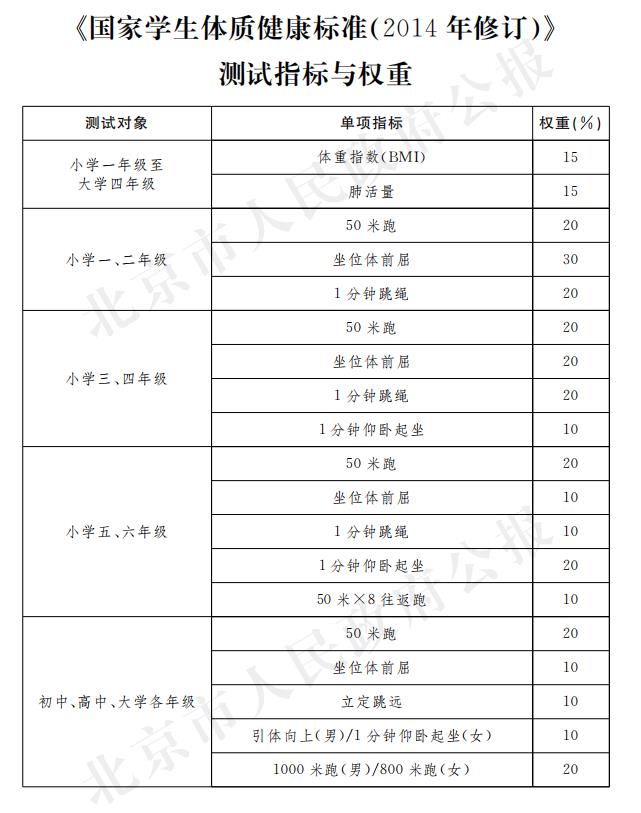
Annex 2

